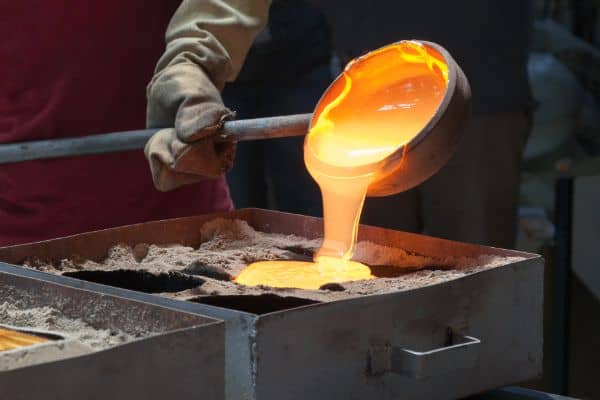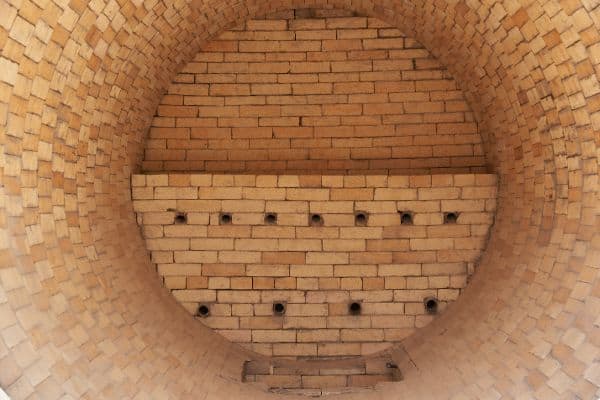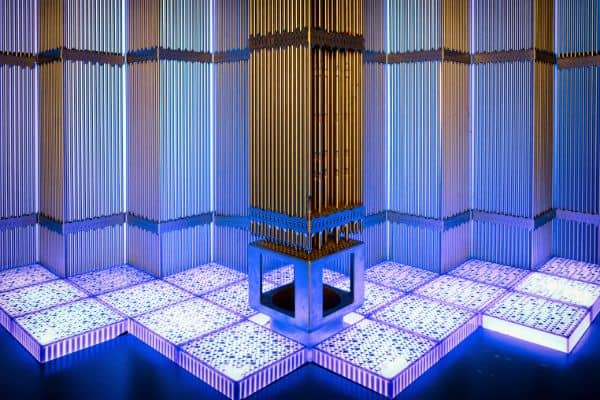Zircon and its derivatives have a vast array of applications. The largest market for zircon is the ceramics industry. Approximately 54% of zircon that is produced is used in finely ground form in the ceramics industry. 14% goes is used by the foundry industry, and approximately 11 - 14% is used in refractory applications.
A growing portion of the zircon mined worldwide is used for the extraction of the metals zirconium and hafnium or their further processing to produce zirconium chemicals. There is a considerable number of further uses and it is clear from emerging research and development that zircon will continue to play an even greater role in the technological advances of the modern era.
The ceramics industry is, by volume, the largest market for zircon. Approximately 54% of zircon that is produced globally is use in finely ground form in the ceramics industry in the production of ceramic bodies, glazes, enamels, frits and pigment applied to traditional ceramics. Around 85% of the zircon used within the ceramics industry is used in tile production. However, while zircon is used in traditional ceramics as an opacifier to improve whiteness and in ceramic pigments it also has significant uses in advanced ceramics.
Zircon is also used as a raw material in the production of fused and chemically derived zirconia, most commonly used in advanced ceramic applications such as electro-ceramics, structural ceramics, pump components and biocompatible devices, as well as advanced technical ceramics such as oxygen sensors and solid oxide fuel cells.

Porto cruise exterior © Pedro Mendonça, Porto, Portugal
Zircon is widely used in the foundry industry mainly for casting and refractory applications. Zircon’s properties make it ideal for use in sand casting, investment casting and as a mould coating in die casting processes. It is also used in refractory paints and washes to reduce wettability of other foundry sands.

The properties that make zircon a valuable material for the foundry industry also make it an attractive choice for the refractory industry, which is one of its core applications.
Refractories are materials that are designed to maintain strength, dimensional stability and chemical resistance at high temperature. These are typically made from alumina, magnesia, clays, binders and zircon or zirconia.
What makes zircon and zirconia useful for refractory applications?

There are a number of major industrial zirconia and zirconium chemical applications.
The most commonly known of these is cubic zirconia, better known as synthetic diamond. Other applications are within the nuclear industry, pigments in paints, cosmetics and catalysis.

Zircon has a limited, yet important, use in the glass sector, where it is commonly used as an X-ray absorber in cathode ray tubes for television and formerly in computer monitors. Zircon flour not only can absorb the X-rays emitted by the electron gun in the tube, it can also increase the refractive index and toughness of the glass.
Demand for this application has diminished since the arrival of LCD and plasma screens. However, zircon is also used in plasma screens to enable the manufacture of faceplate glass. Zircon content in cathode ray tubes is in the range of 3-5% while that in LCD and plasma screens ranges between 1-2%.

There are a number of emerging areas of research and development involving zircon and its derivatives. From heavy industrial uses, such as continued advancement in casting and moulding processes, to its increased role in biomedical implants and advanced ceramics, it is clear that zircon’s role in our modern day world has the potential to become even more significant.
Areas of current and potential development of zircon and its derivatives
